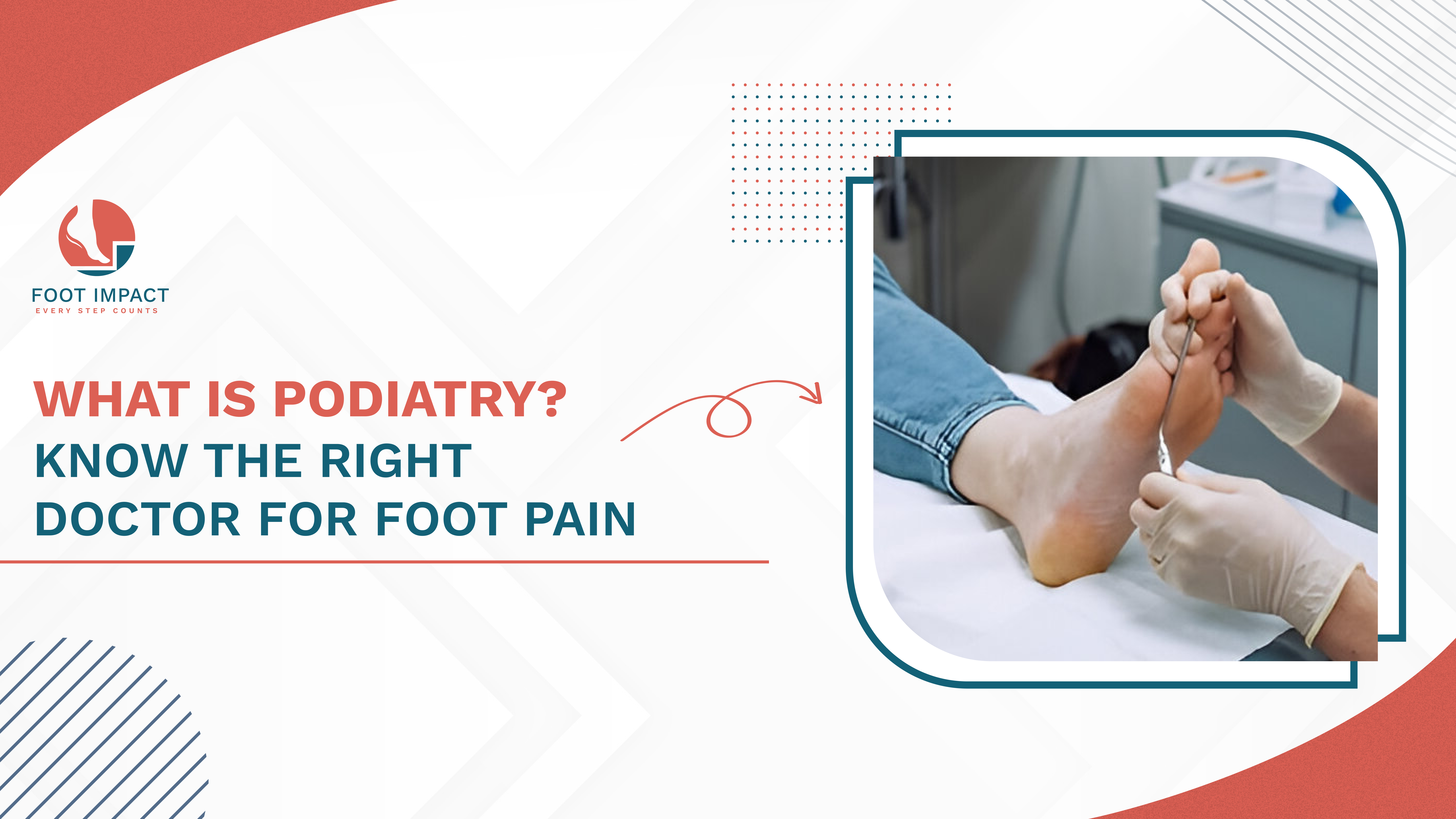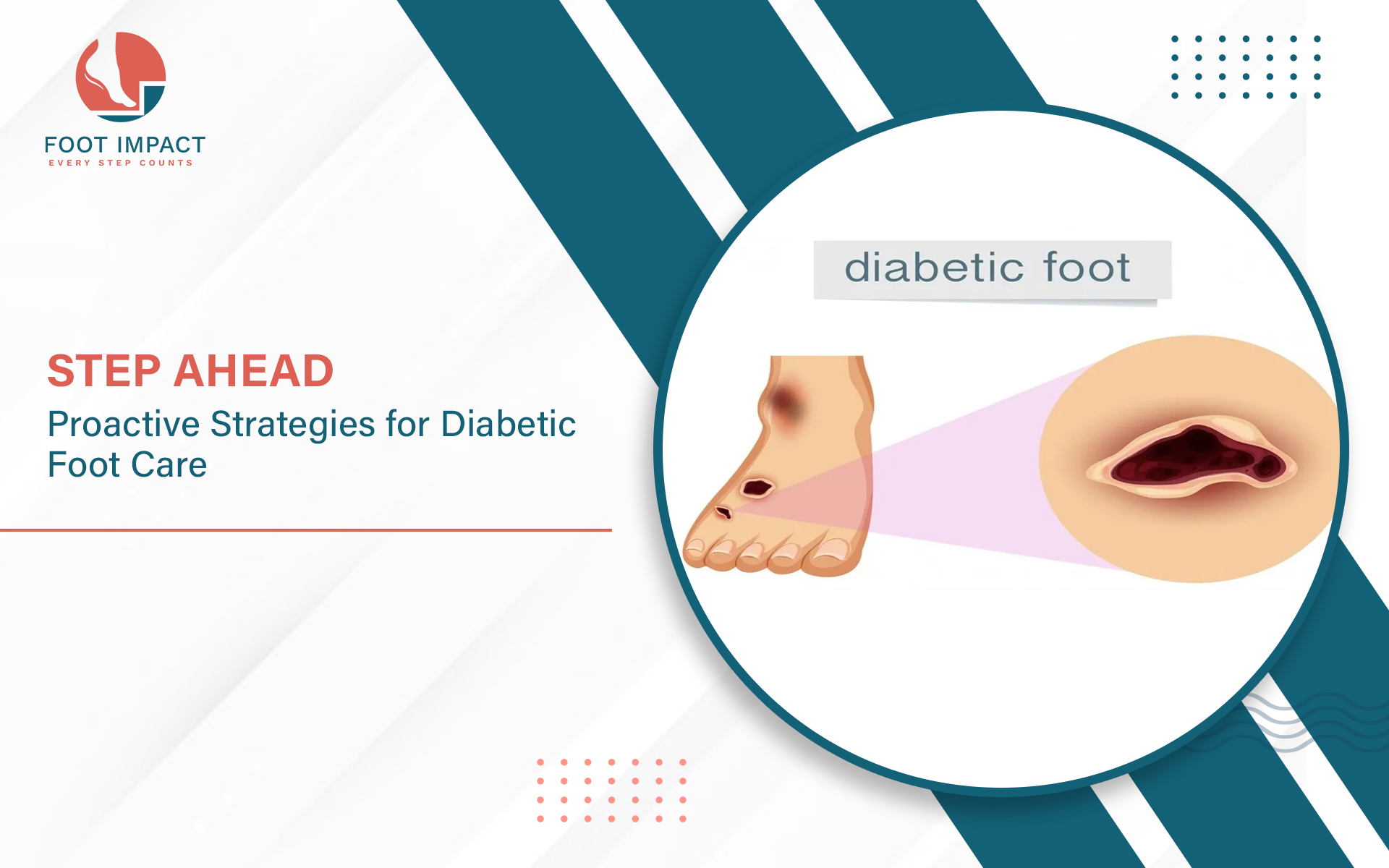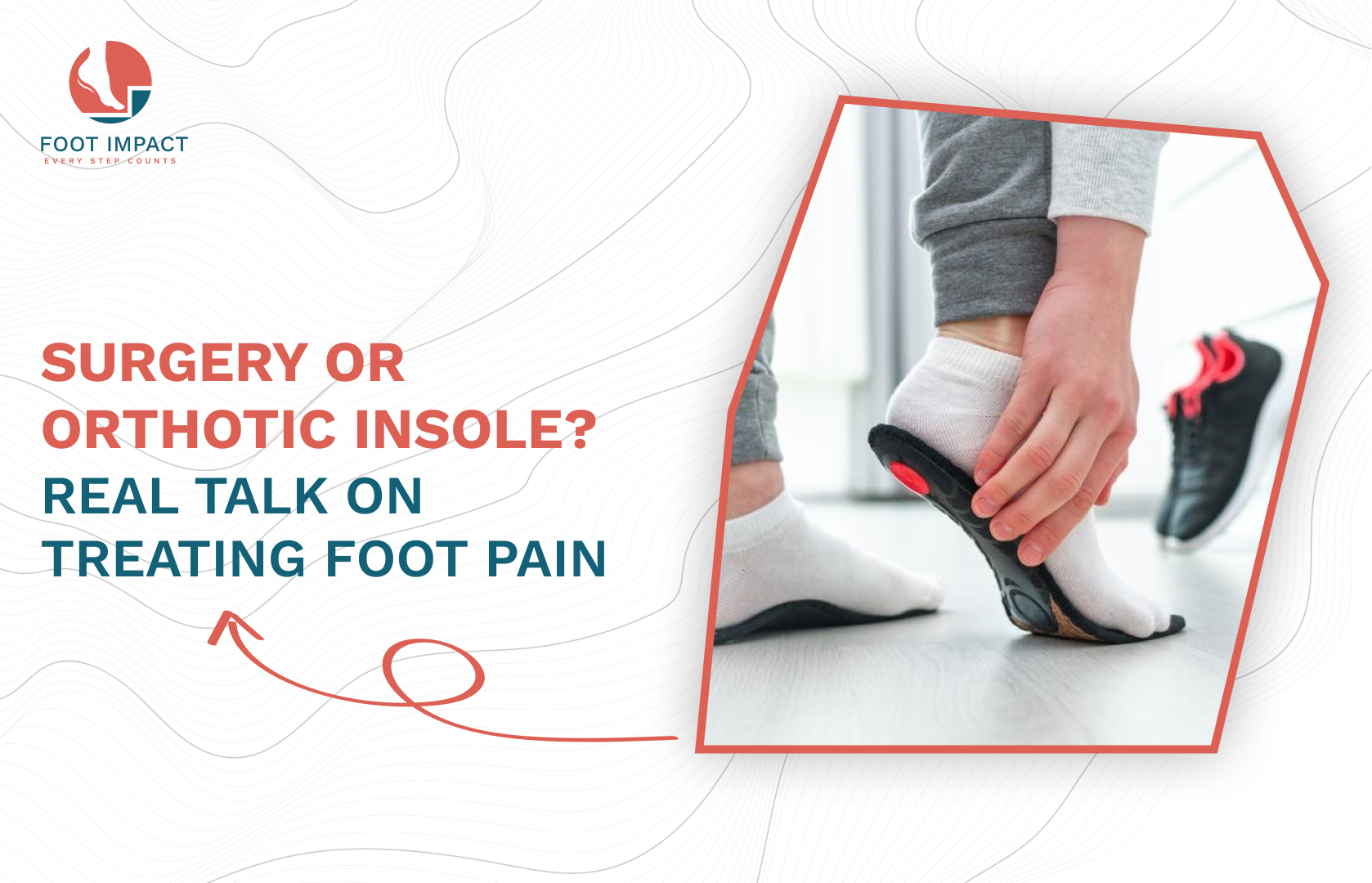What Is Podiatry? Know the Right Doctor for Foot Pain
If you've been struggling with foot pain, swelling, or discomfort that won't go away, you may find yourself wondering: What kind of doctor should I see for this? The answer is often a podiatrist—a specialist trained to treat conditions related to the foot, ankle, and lower leg.
In this article, we’ll cover:
What podiatry is
When you should consult a podiatrist
Common foot conditions treated by podiatrists
The benefits of visiting a foot specialist
How to choose the right podiatrist
What Is Podiatry?
Podiatry is the branch of medicine dedicated to diagnosing, treating, and preventing conditions of the feet and lower limbs. Podiatrists are highly trained healthcare professionals who manage everything from mild foot pain to complex foot deformities and surgical interventions.
Their expertise covers a wide spectrum, including:
Musculoskeletal problems (flat feet, bunions)
Nerve issues (numbness, tingling)
Skin and nail conditions (corns, calluses, fungal infections)
Diabetic foot care
Injuries and biomechanical issues
Podiatry combines medical knowledge, clinical diagnosis, and often custom solutions like insoles or footwear advice, making it a highly specialized and patient-focused field.
Why Foot Health Matters
Your feet are the foundation of your body. They support your weight, absorb impact, and help you move. But many people only pay attention to their feet when something goes wrong.
Poor foot health can lead to:
Chronic foot and ankle pain
Imbalance and risk of falls
Posture issues that affect knees, hips, and back
Difficulty walking or exercising
Serious complications in diabetics
Taking care of your feet is essential to maintaining overall health, mobility, and independence.
Conditions Treated by Podiatrists
A podiatrist doesn’t just look at your foot pain—they look at what’s causing it and how it affects your daily life. Here are some common conditions they manage:
1. Plantar Fasciitis (Heel Pain)
This is one of the most frequent reasons people visit a podiatrist. Inflammation of the tissue that connects your heel to your toes causes this condition, resulting in acute pain, particularly upon waking.
🔗 Read more: Why Foot Pain Keeps Coming Back Again and Again
2. Flat Feet or High Arches
When the arches of your feet are either too flat or too high, it can create alignment problems, pressure points, and fatigue during walking or standing. Also it may lead to plantar Fasciitis, Calcaneal Spur, Retrocalcaneal spur & Morton’s Neuroma etc
3. Foot Pain Caused by Footwear
Wearing improper shoes—especially tight, narrow, or unsupportive ones—can cause a range of problems like bunions, blisters, corns, ingrown toenail and persistent foot pain.
🔗 Related blog: Why Your Footwear Could Be the Cause of Your Pain
4. Diabetic Foot Problems
Individuals with diabetes face an increased likelihood of foot-related issues such as nerve damage (neuropathy), ulcers, and infections. Consulting a podiatrist on a regular basis is crucial for the prevention of severe complications.
5. Sports Injuries
Athletes and active individuals often face sprains, fractures, tendonitis, or overuse injuries in their feet or ankles. Podiatrists play a vital role in their recovery.
When Should You Visit a Podiatrist?
Many people ignore foot discomfort or try home remedies. While mild pain can sometimes resolve with rest and care, you should visit a podiatrist if:
Foot pain persisting for more than a few days.
You experience sharp, burning, or throbbing pain
You see swelling, redness, or skin changes
You have wounds or ulcers that don’t heal
You have diabetes and notice any foot issue
Walking or standing becomes difficult
Your pain worsens with specific footwear
Delaying treatment can lead to complications. Obtain a diagnosis promptly to accelerate your recovery.
What Happens at a Podiatry Appointment?
Here’s what to expect when you visit a podiatrist:
Step 1: Consultation and History
The doctor will discuss your symptoms, activity levels, medical history, and any previous injuries or surgeries.
Step 2: Physical Examination
They will examine your feet, ankles, and walking pattern to identify pain points, alignment issues, or inflammation.
Step 3: Diagnostic Tests
Some conditions may require an X-ray, gait analysis, or foot pressure scan for a deeper understanding of the problem.
Step 4: Clinical Gait Analysis
To diagnose the root cause of the foot issue gait analysis plays a crucial role. Gait analysis is the analysis of walking patterns. This is a very skillful observation of the walking pattern to find out the deviation which causes the problem. In some cases computerized gait analysis also could be done.
Step 4: Personalized Treatment Plan
Based on the diagnosis, your treatment may include:
Medications or topical creams
Custom insoles or orthotic footwear
Footwear guidance
Physical therapy or stretching routines
Surgery (for advanced or chronic issues)
🔗 Related read: Surgery or Insole? Real Talk on Treating Foot Pain
Common Myths About Podiatrists
Let’s address some misconceptions:
❌ Myth 1: Foot pain is normal
Prolonged foot pain lasting beyond a few days warrants medical attention and should not be ignored.
❌ Myth 2: Only athletes or older adults need podiatrists
Foot problems can affect anyone—kids, working professionals, diabetics, and even those who spend long hours standing.
❌ Myth 3: Podiatrists specialize exclusively in the treatment of corns and toenails.
Modern podiatry covers sports medicine, surgery, biomechanics, diabetic care, and advanced diagnostics.
Benefits of Seeing a Podiatrist
Here’s how a podiatrist can help:
✅ Early diagnosis to prevent long-term issues
✅ Customized solutions According to your foot type and activity level.
✅ Pain relief through targeted therapies
✅ Improved mobility for everyday movement or athletic performance
✅ Preventive care for chronic conditions like diabetes
✅ Long-term relief
Your feet deserve professional attention, especially if the pain is affecting your daily life.
How to Choose the Right Podiatrist
To ensure you receive the best possible care, podiatrists may offer varying levels of expertise. Consider the following when selecting the most suitable podiatrist for your needs:
Check their qualifications and years of experience
Ask if they treat your specific condition
Look for clinics that provide modern diagnostic tools
Consider a clinic that focuses on patient-centered care
Read reviews and testimonials if available
At Foot Impact, we focus on understanding your unique pain and offer care that’s simple, effective, and personalized.
Book a Consultation with Foot Impact
Why Foot Impact?
We believe foot health is more than just treatment—it’s about restoring comfort, movement, and confidence. Whether it’s persistent heel pain, diabetic foot care, or recurring discomfort, our experts are trained to guide you from pain to recovery.
We use:
Clinical diagnosis backed by years of experience
Personalized orthotics and rehab plans
A friendly, patient-first approach
We don’t just treat your symptoms—we solve the root of the problem.
Final Thoughts
Foot pain is not something you should ignore. Whether it’s a dull ache, a burning sensation, or trouble walking—your body is trying to tell you something.
Podiatry is the medical field that focuses on listening to those signs and healing them properly.
Your feet support you every day. It’s time you return the favor by seeing the right doctor. Get in touch with a podiatrist who can offer clear answers, real solutions, and lasting relief.



